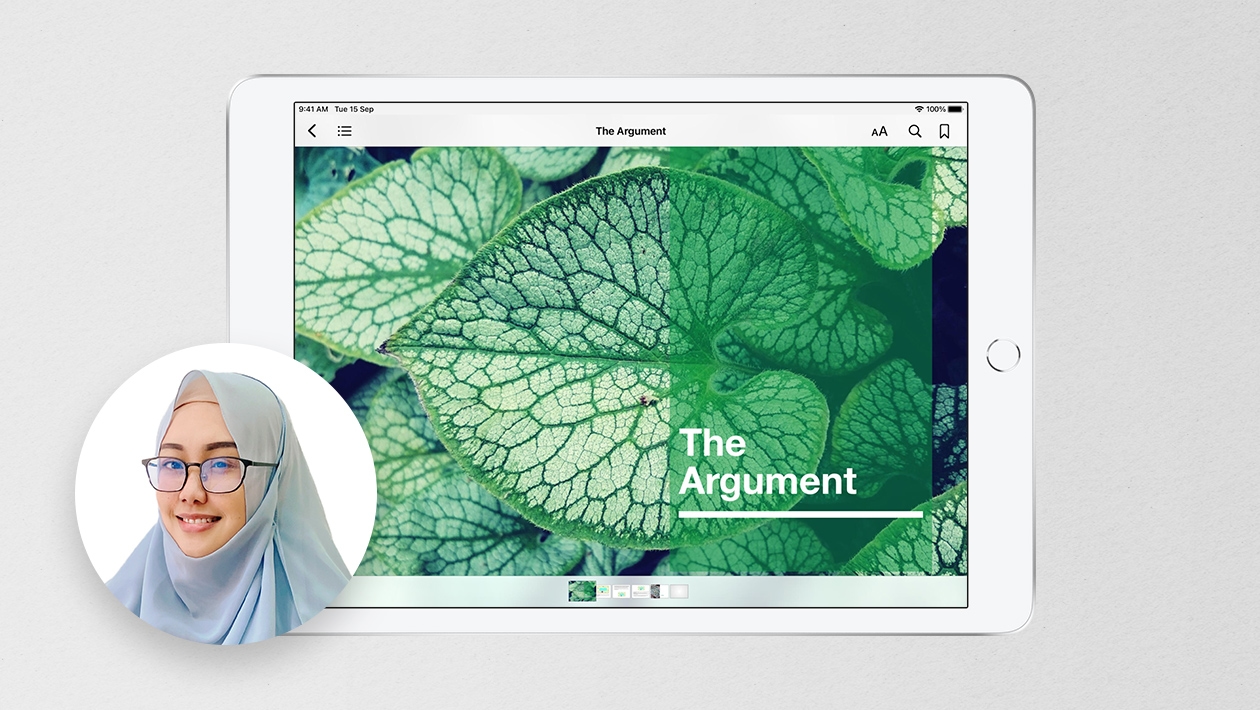Introduction
As the new school year begins, it's the perfect opportunity to introduce students to data visualization using Keynote tools. By collecting data from students, we can make learning both personal and engaging. Some data I like to collect are things like:
- the number of songs in Apple Music or Spotify
- their weekly amount of screentime
- the number of screenshots on their phone
- the total number of steps the prior day
- the total number of unanswered emails
- the amount of sleep they average each night
Teachers can guide students through the process of organizing this data and transforming it into visually appealing graphs and charts using Keynote. This hands-on approach not only enhances technical skills but also helps students develop a deeper understanding of how data can be used to tell a story.
Examples:
For each of these example templates, students simply click on the graph and "edit data" to fit their own personal data. Once students have time to complete their own graphs, we complete a gallery walk or a table talk to compare data between students.
Next, we discuss data visuals that do not involve graphs. How can we tell a story with only images or numbers? Students are provided these examples and then asked to make their own. The student version of the Keynote is attached below.Conclusion
This activity allows me to get to know my students at the beginning of the year, while teaching them skills they will use throughout the course. As we complete lab investigations and research, the ability to distill data into its most essential elements is a critical skill, allowing students to focus on what truly matters.











July 24, 2025 . English
English
This is fantastic, Jodie! Such a great way to visualise data — that would work in any subject area and a variety of age groups! Wonderful work! 🙌
This action is unavailable while under moderation.
This action is unavailable while under moderation.